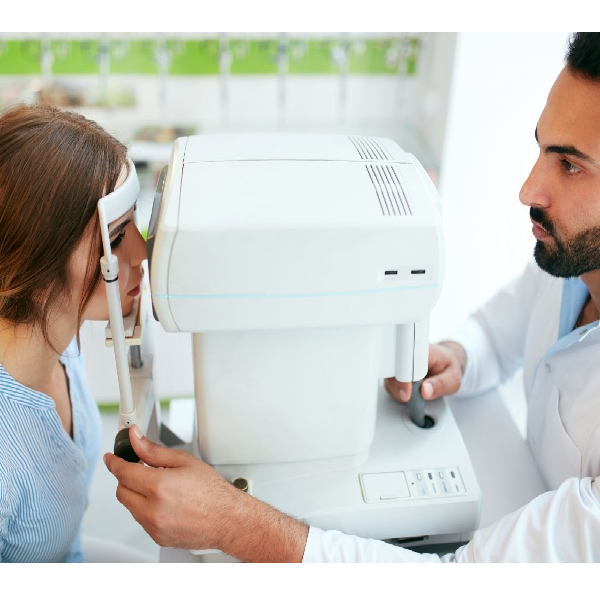Description
A person could have poor color vision and not know it. Quite often, people with red-green deficiency aren't aware of their problem because they've learned to see the "right" color. For example, tree leaves are green, so they call the color they see green. Also, parents may not suspect their children have the condition until a situation causes confusion or misunderstanding. Early detection of color deficiency is vital since many learning materials rely heavily on color perception or color coding. That is one reason the American Optometric Association recommends that all children have a comprehensive optometric examination before they begin school. A color vision test, also known as the Ishihara color test, measures your ability to tell the difference among colors. If you don’t pass this test, you may have poor color vision, or your doctor may tell you that you’re color blind. However, being truly color blind is a very rare condition in which you’re only able to see shades of gray. Color deficiency can be diagnosed through a comprehensive eye examination. The patient is shown a series of specially designed pictures composed of colored dots, called pseudoisochromatic plates. Pseudoisochromatic plate testing can determine if a color vision deficiency exists and the type of deficiency. However, additional testing may be needed to determine the exact nature and degree of color deficiency.
Once the user has seen at least one product this snippet will be visible.










